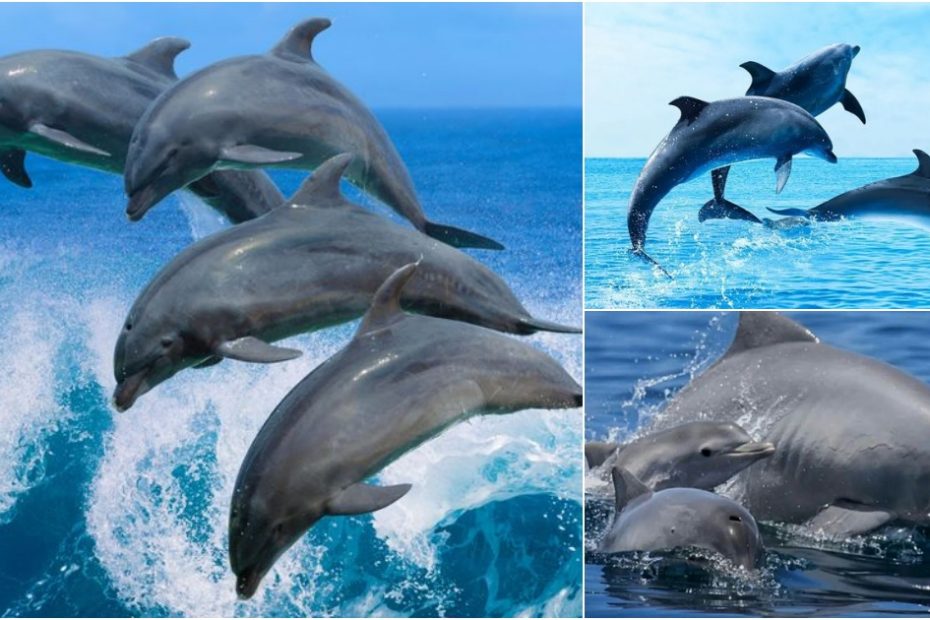
Spinner dolphins, known for their acrobatic displays and elusive nature, are among the most captivating marine creatures. Their enigmatic behaviors, intricate habitat preferences, and conservation status have intrigued researchers and conservationists alike. In this article, we delve into the fascinating world of spinner dolphins, exploring their behavior, habitat, and the conservation efforts aimed at protecting these charismatic marine mammals.

Spinner dolphins (Stenella longirostris) are renowned for their spectacular aerial displays, where they leap out of the water and spin multiple times along their longitudinal axis before re-entering the ocean. These mesmerizing spins, often performed in unison by groups of dolphins, serve various purposes, including communication, social bonding, and possibly to dislodge parasites. Beyond their acrobatics, spinner dolphins exhibit complex social structures, forming cohesive groups known as pods. These pods can consist of hundreds of individuals and engage in cooperative hunting and caregiving behaviors. Additionally, spinner dolphins are known for their nocturnal foraging habits, feeding primarily on small fish and squid during the night and resting in shallow, protected bays during the day.

Spinner dolphins inhabit tropical and subtropical waters worldwide, preferring offshore regions with depths ranging from 200 to 1,000 meters. They are commonly found in areas with steep underwater topography, such as oceanic ridges, seamounts, and drop-offs, where nutrient-rich currents converge, supporting abundant marine life. These dolphins have a strong affinity for areas with warm surface temperatures and clear waters, often residing near coral reefs and islands. Spinner dolphins are highly mobile, undertaking extensive migrations in search of food and suitable breeding grounds. However, they are also susceptible to human-induced disturbances, including habitat degradation, pollution, and entanglement in fishing gear, which threaten their long-term survival.

The conservation status of spinner dolphins varies among populations, with some facing significant threats due to habitat loss, bycatch, and disturbance from human activities. In response, various conservation initiatives have been implemented to safeguard these charismatic marine mammals. Key strategies include the establishment of marine protected areas (MPAs) to safeguard critical habitats, regulations to reduce accidental bycatch in fisheries, and educational programs to raise awareness about the importance of spinner dolphins and the marine ecosystems they inhabit. Additionally, ongoing research efforts aim to enhance our understanding of spinner dolphin ecology, behavior, and population dynamics, providing valuable insights for conservation planning and management.

The spinner dolphin, with its remarkable behavior, intricate habitat preferences, and conservation challenges, epitomizes the complexity of marine ecosystems and the interconnectedness of human activities with the ocean environment. By studying and conserving these enigmatic creatures, we not only protect a charismatic flagship species but also contribute to the preservation of entire marine ecosystems. Through concerted efforts in research, conservation, and public outreach, we can ensure a brighter future for spinner dolphins and the diverse array of life that shares their oceanic realm.



